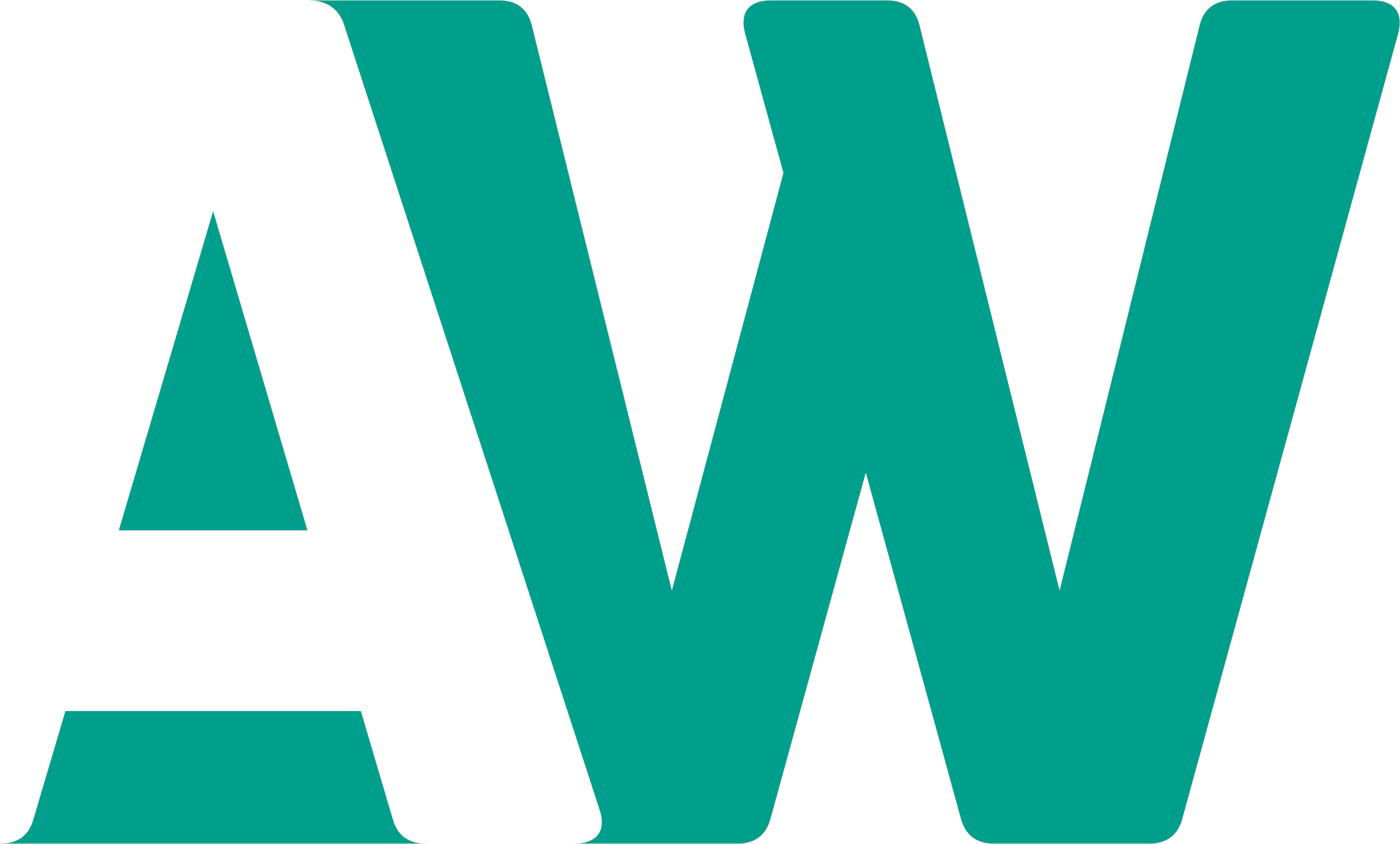Salary vs Dividends – A popular profits extraction strategy for personal and family companies is to extract a small salary, taking further profits as dividends. Where this strategy is pursued for 2019/20, what level should be the salary be set at to ensure the strategy remains tax efficient?
As well as being tax effective, taking a small salary is also advantageous in that it allows the individual to secure a qualifying year for State Pension and contributory benefits purposes.
Assuming the personal allowance has not been used elsewhere and is available to set against the salary, the optimal salary level for 2019/20 depends on whether the employment allowance is available and whether the employee is under the age of 21. The employment allowance is set at £3,000 for 2019/20 but is not available to companies where the sole employee is also a director (meaning that personal companies do not generally benefit).
In the absence of the employment allowance and where the individual is aged 21 or over, the optimal salary for 2019/20 is equal to the primary threshold, i.e. £8,632 a year (equivalent to £719 per month). At this level, no employee’s or employer’s National Insurance or tax is due. The salary is also deductible for corporation tax purposes. A bonus is that a salary at this level means that the year is a qualifying year for state pension and contributory benefits purposes – for zero contribution cost. Beyond this level, it is better to take dividends than pay a higher salary as the combined National Insurance hit (25.8%) is higher than the corporation tax deduction for salary payments.
Where the employment allowance is available, or the employee is under 21, it is tax-efficient to pay a higher salary equal to the personal allowance of £12,500. As long as the personal allowance is available, the salary will be tax free. It will also be free of employer’s National Insurance, either because the liability is offset by the employment allowance or, if the individual is under 21, because earnings are below the upper secondary threshold for under 21s (set at £50,000 for 2019/20). The salary paid in excess of the primary threshold (£3,868) will attract primary contributions of £464.16, but this is outweighed by the corporation tax saving on the additional salary of £734.92 – a net saving of £279.76. Once a salary equal to the personal allowance is reached, the benefit of the corporation tax deduction is lost as any further salary is taxable. It is tax efficient to extract further profits as dividends.
Dividends
Dividends can only be paid if the company has sufficient retained profits available. Unlike salary payments, dividends are not tax-deductible and are paid out of profits on which corporation tax (at 19%) has already been paid.
However, dividends benefit from their own allowance – set at £2,000 for 2019/20 and payable to all individuals regardless of the rate at which they pay tax – and once the allowance has been used, dividends are taxed at lower rates than salary payments (7.5%, 32.5% and 38.1% rather than 20%, 40% and 45%).
Once the optimal salary has been paid, dividends should be paid to use up the dividend allowance. If further profits are to be extracted, there will be tax to pay, but the combined tax and National Insurance hit for dividends is less than for salary payments, making them the preferred option.
For more information please call the Accountwise team on 01189 623 702 or email us at info@accountwise.co.uk


